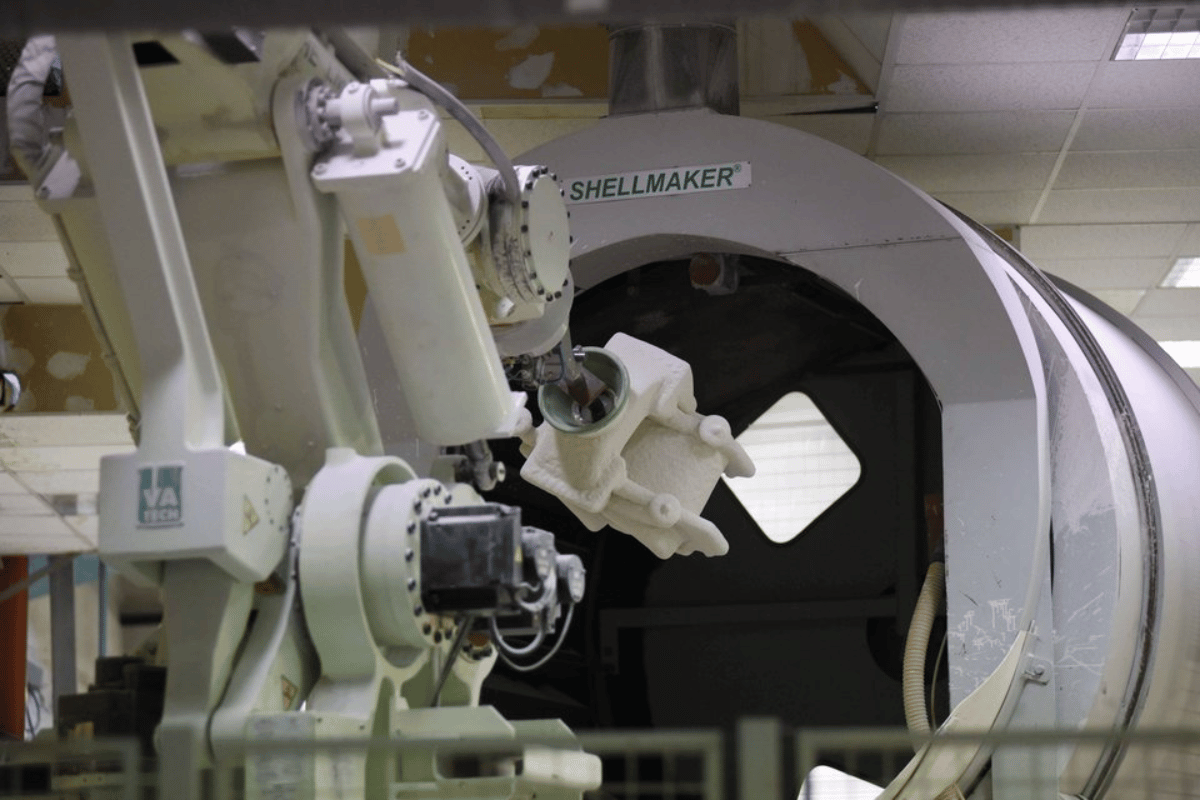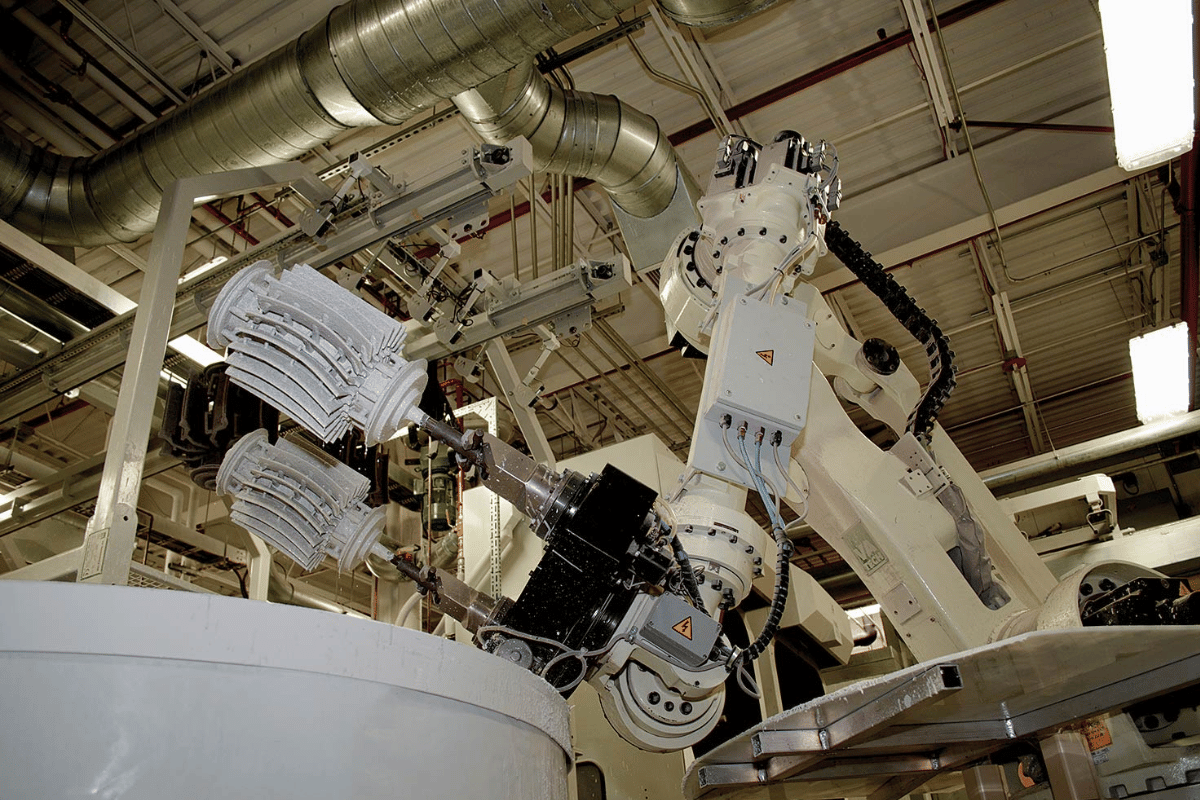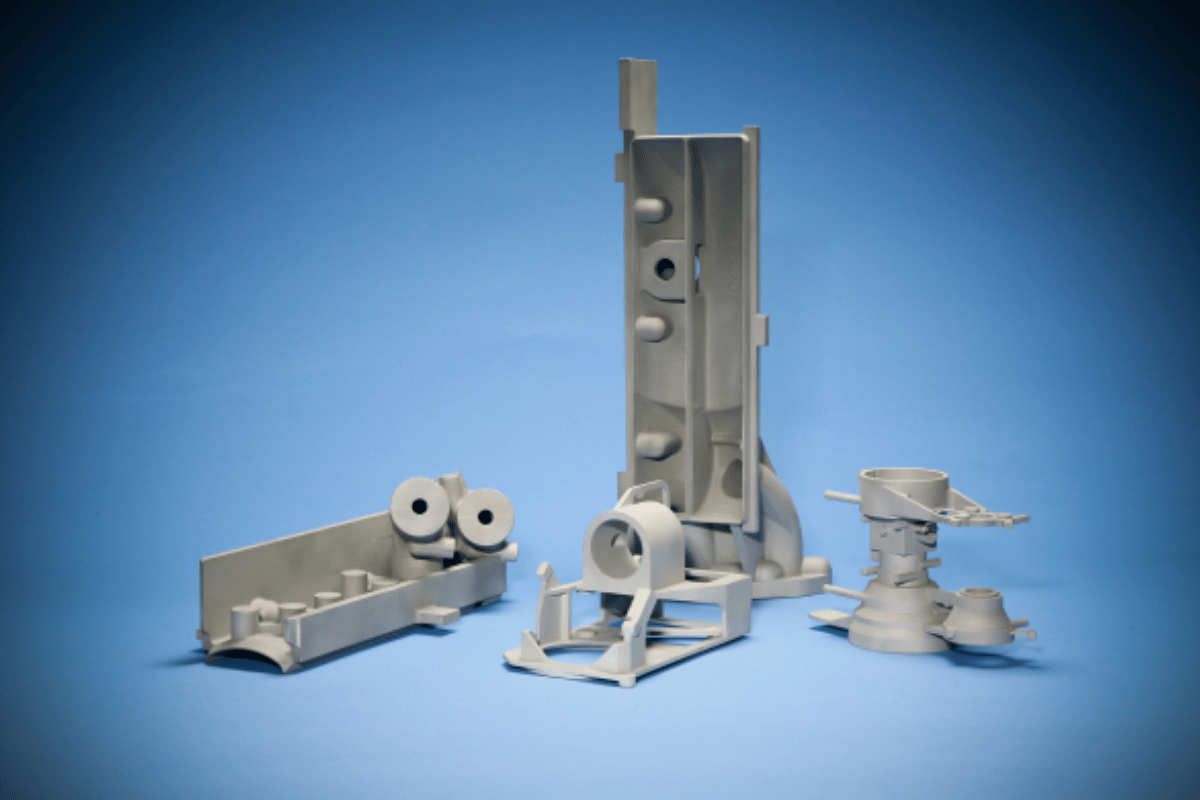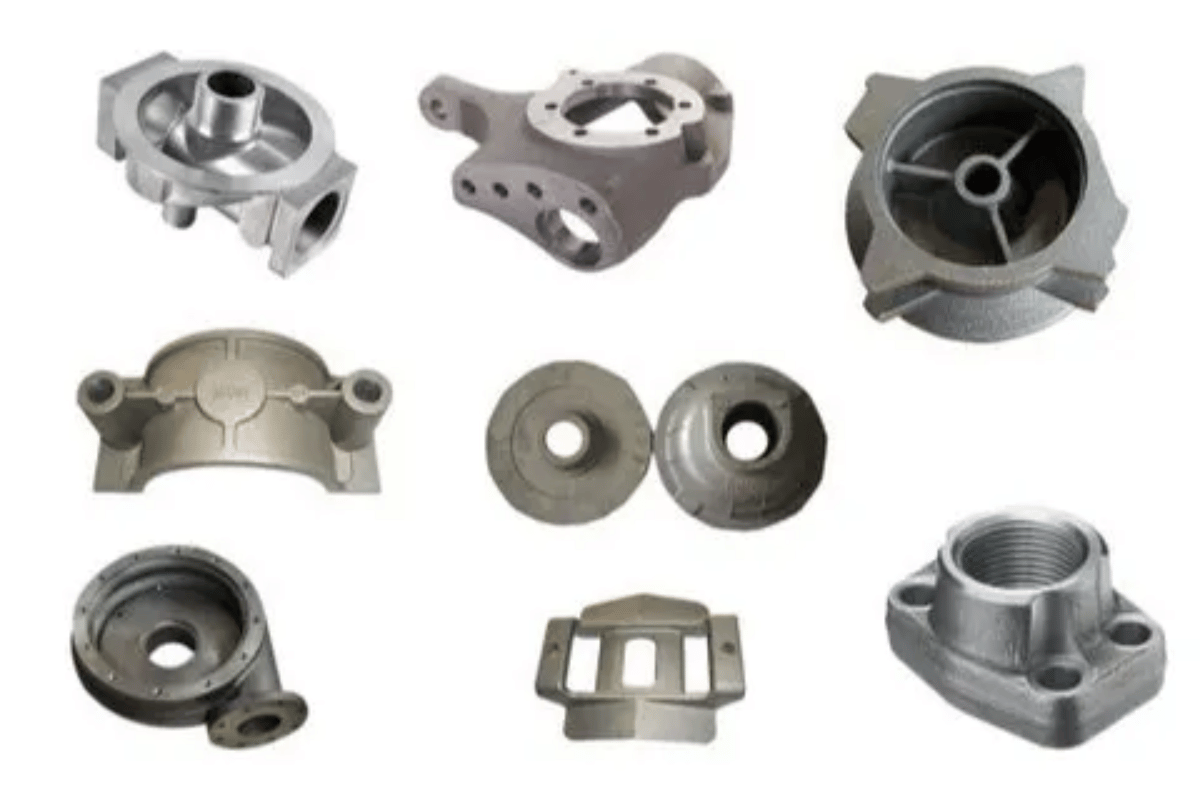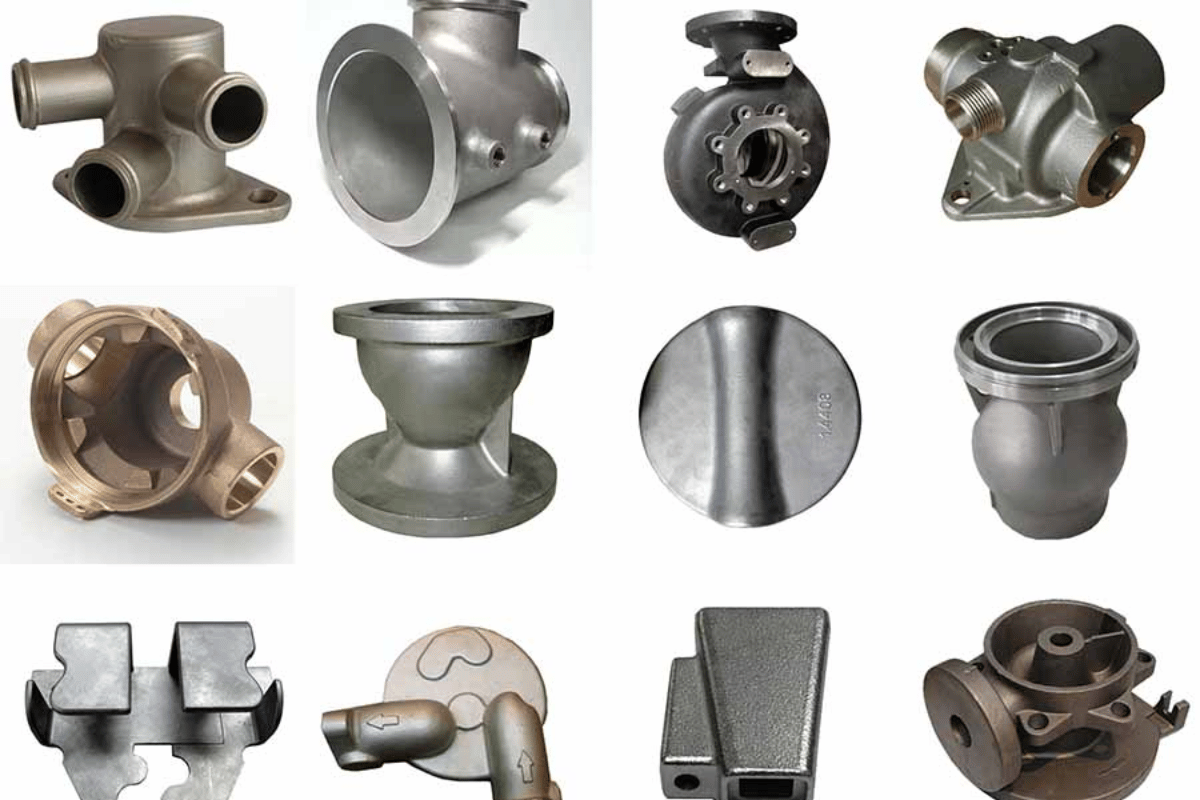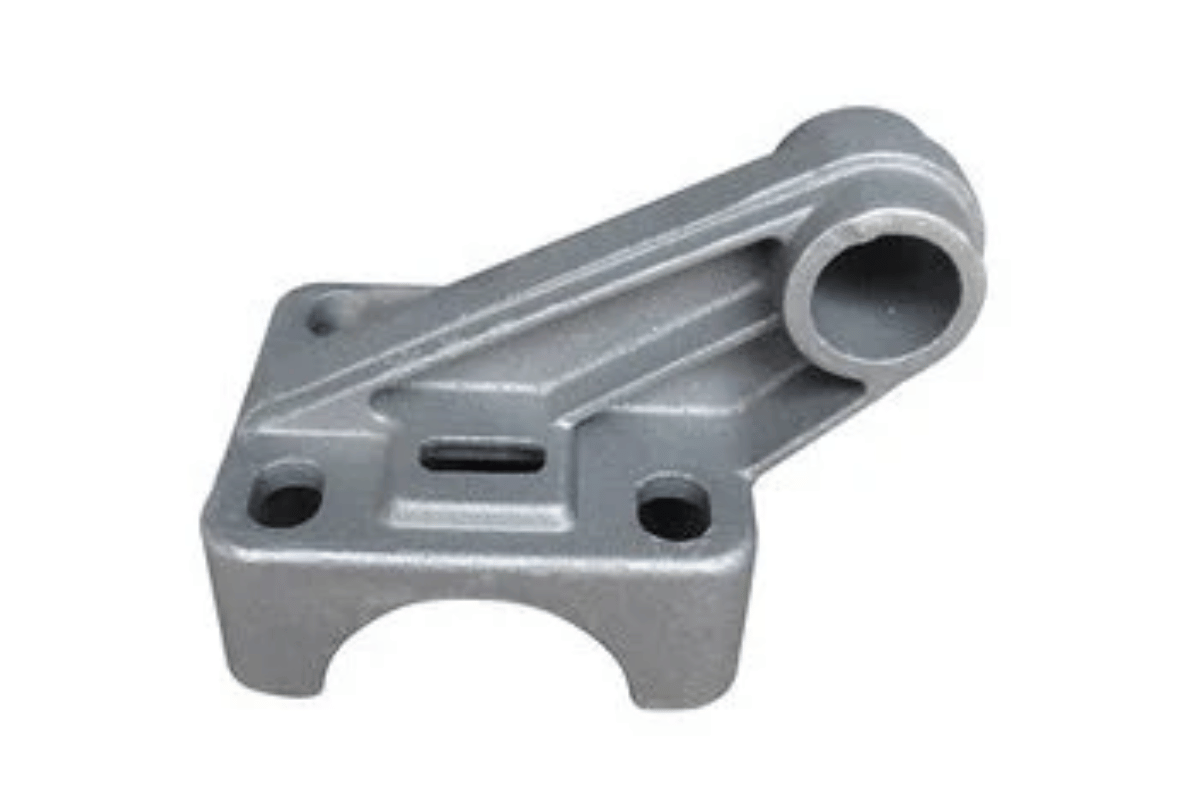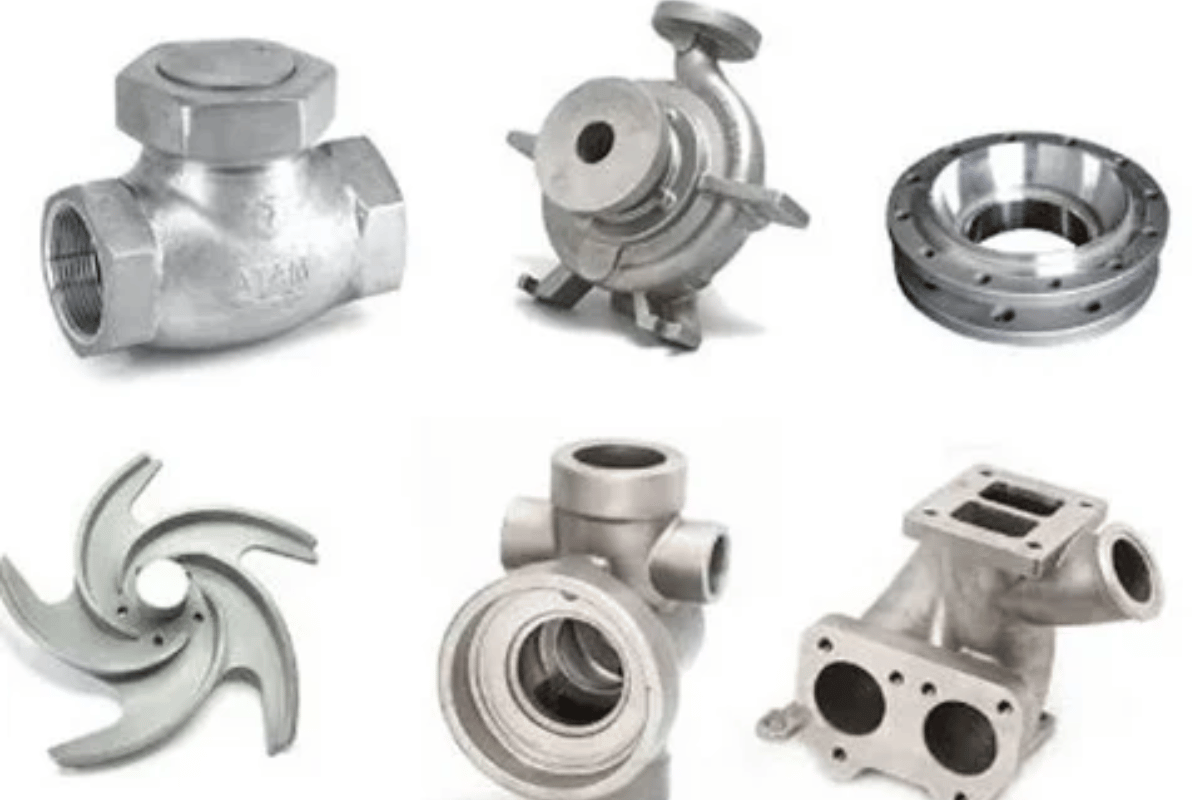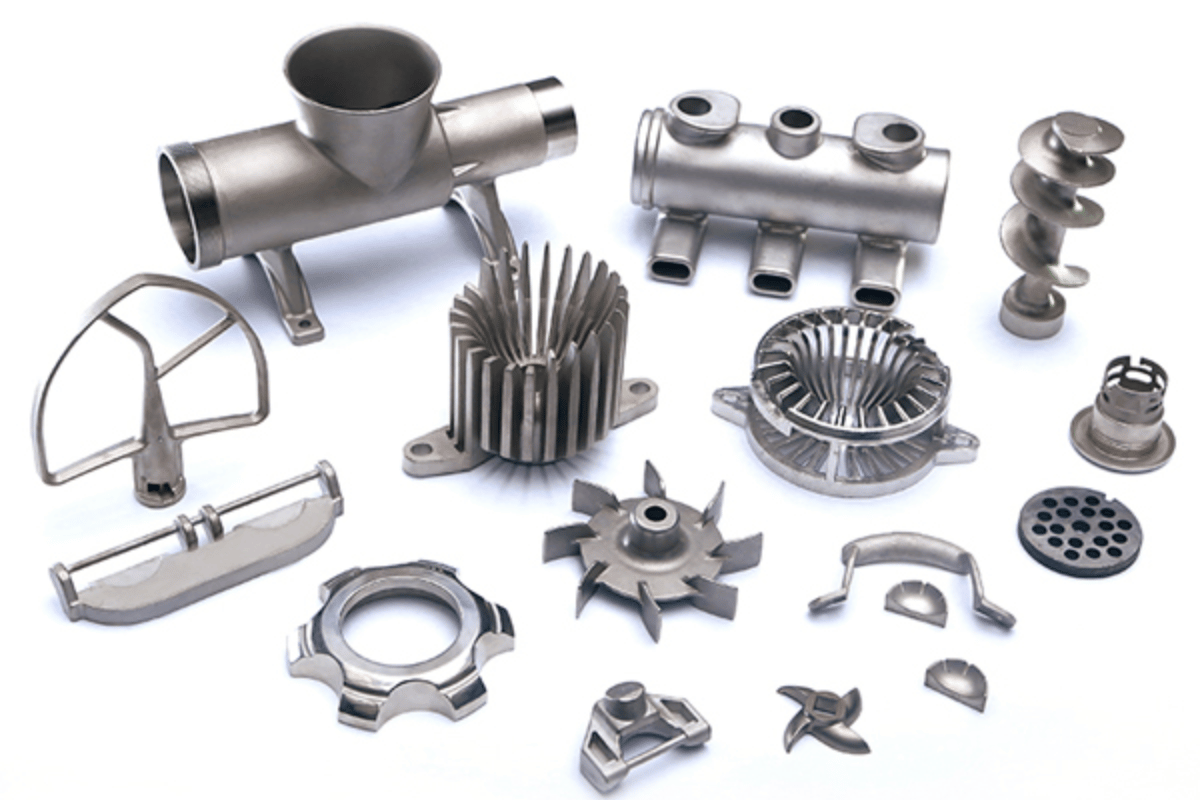In the realm of modern manufacturing, the fusion of technological innovations and age-old casting techniques has given rise to a revolutionary concept: cast iron investment casting manufacturing. This dynamic process encompasses the utilization of Computer Numerical Control (CNC) machining to redefine the production of cast iron components. The marriage of precision engineering with the heritage of casting has unlocked a new era of possibilities.
Significance of Innovations in Cast Iron Investment Casting Manufacturing
The significance of innovations in cast iron investment casting manufacturing reverberates across industries. By integrating CNC machining, manufacturers can achieve levels of precision and complexity that were once unimaginable. This metamorphosis not only transforms the way we fabricate components but also fuels advancements across aerospace, automotive, and engineering sectors.
Overview of Cast Iron Investment Casting and Its Industrial Importance
Cast iron investment casting, a marriage of craftsmanship and technology, stands as a testament to human ingenuity. This method entails creating intricate patterns, encasing them in ceramic molds, and pouring molten cast iron to form components of intricate shapes. The amalgamation of CNC machining within this framework elevates the precision, enabling the creation of components that meet exacting industry standards.
Role of CNC Machining in Revolutionizing Cast Iron Investment Casting
At the heart of this transformation lies CNC machining—an evolution that has rewritten the rules of manufacturing. CNC technology empowers precision through digital controls, shaping raw materials into intricate forms with meticulous accuracy. When coupled with cast iron investment casting, it redefines the art of creating cast iron components, enhancing their quality, complexity, and efficiency.
As our exploration unfolds, we delve into the evolution of cast iron investment casting and CNC technology, tracing their historical roots and examining their convergence. This journey sheds light on the trajectory that has led us to the remarkable synergy of traditional craftsmanship and cutting-edge precision engineering.
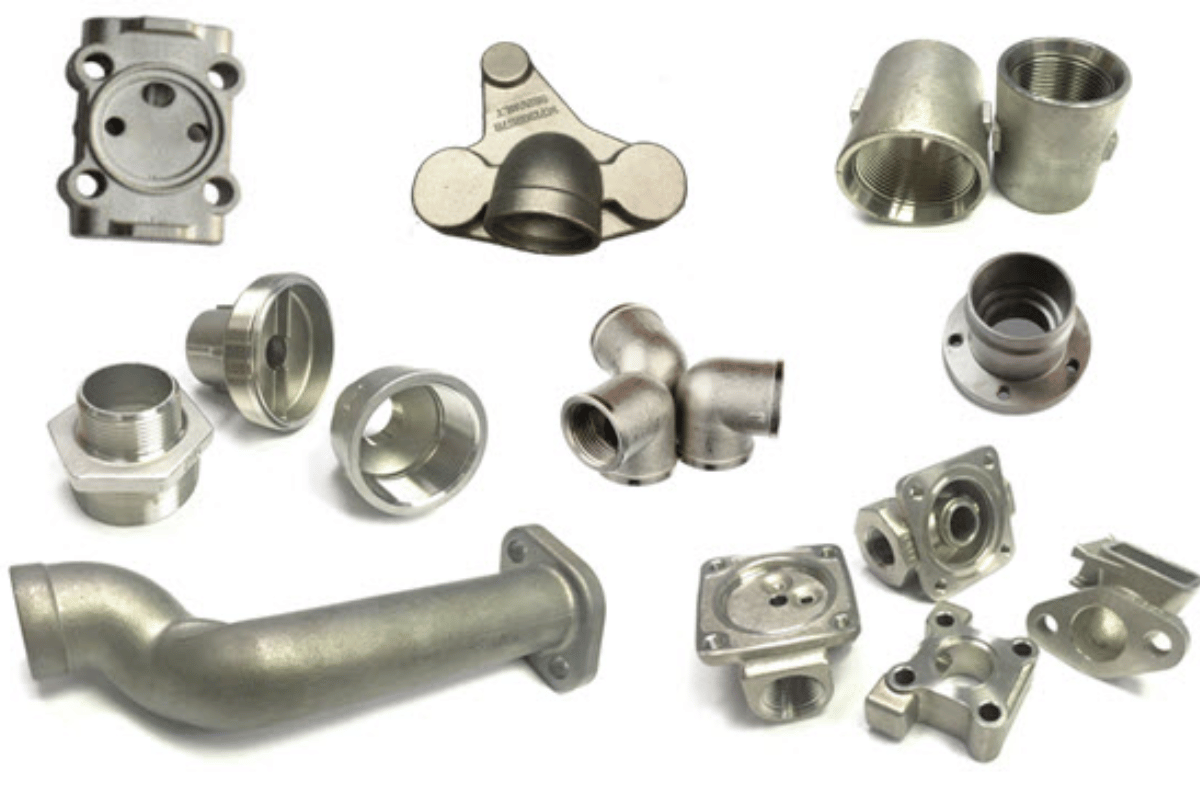
Evolution of Cast Iron Investment Casting and CNC Technology
Historical Perspective: Traditional Casting Techniques
The evolution of cast iron investment casting manufacturing is rooted in the annals of history. Casting, as a technique, has been practiced for millennia, with its origins intertwined with human innovation. Ancient civilizations harnessed the power of molten metals to create tools, ornaments, and artifacts. Over time, these rudimentary methods evolved, leading to the development of investment casting—a process that meticulously captures intricate details through the use of wax patterns.
Emergence of CNC (Computer Numerical Control) in Manufacturing
The dawn of the computer age ushered in a new era of manufacturing with the advent of Computer Numerical Control (CNC). CNC machining marked a departure from manual labor, introducing digital precision to shape materials. This shift enabled the creation of complex geometries with unprecedented accuracy, a feat unattainable through traditional methods. CNC became the cornerstone of modern manufacturing, setting the stage for its integration with cast iron investment casting.
Convergence of Cast Iron Casting and CNC Machining
The convergence of cast iron investment casting and CNC machining represents a meeting of tradition and innovation. The casting process, deeply ingrained in human history, finds a seamless companion in CNC technology. This merger unlocks the potential to sculpt cast iron components with intricate designs and precise dimensions, bringing a new level of artistry and engineering excellence to the world of manufacturing.
As we transition to the next section, we delve into the advancements that have reshaped cast iron investment casting techniques. From precision mold making to the integration of CNC machining for complex geometries, we unravel the layers of innovation that have propelled this manufacturing approach to new heights.
Advancements in Cast Iron Investment Casting Techniques
Introduction to Investment Casting and Its Variants
Investment casting, often referred to as lost-wax casting, embodies the fusion of craftsmanship and precision engineering. This technique begins with the creation of intricate wax patterns, which are then encased in ceramic molds. The wax is melted away, leaving behind a cavity that is subsequently filled with molten cast iron. This results in components with fine details, smooth surfaces, and exceptional dimensional accuracy. Variants of investment casting, such as “wax pattern assembly” and “shell molding,” enhance the technique’s versatility and suitability for different applications.
Precision Mold Making: Utilizing 3D Printing and Rapid Prototyping
One of the transformative advancements in cast iron investment casting lies in precision mold making. With the advent of 3D printing and rapid prototyping, engineers can craft intricate wax patterns with remarkable accuracy. This digital approach eliminates traditional constraints associated with pattern production, allowing for the creation of complex geometries that were once considered unfeasible. The marriage of 3D printing and investment casting heralds a new era of creativity in component design.
Integration of CNC Machining for Complex Cast Iron Geometries
CNC machining’s prowess in shaping raw materials has found a natural ally in cast iron investment casting. The integration of CNC machining in this process enables the creation of components with intricate geometries that push the boundaries of conventional casting. CNC precision ensures that every contour, angle, and curve is faithfully reproduced in the final cast iron component, empowering manufacturers to deliver excellence across industries.
As we continue our journey, the focus shifts to the interplay between CNC machining and cast iron investment casting efficiency and precision. The subsequent section unveils how CNC-aided design optimization, redefined tolerances, and a harmonious blend of traditional casting and CNC finishing lead to heightened manufacturing capabilities.
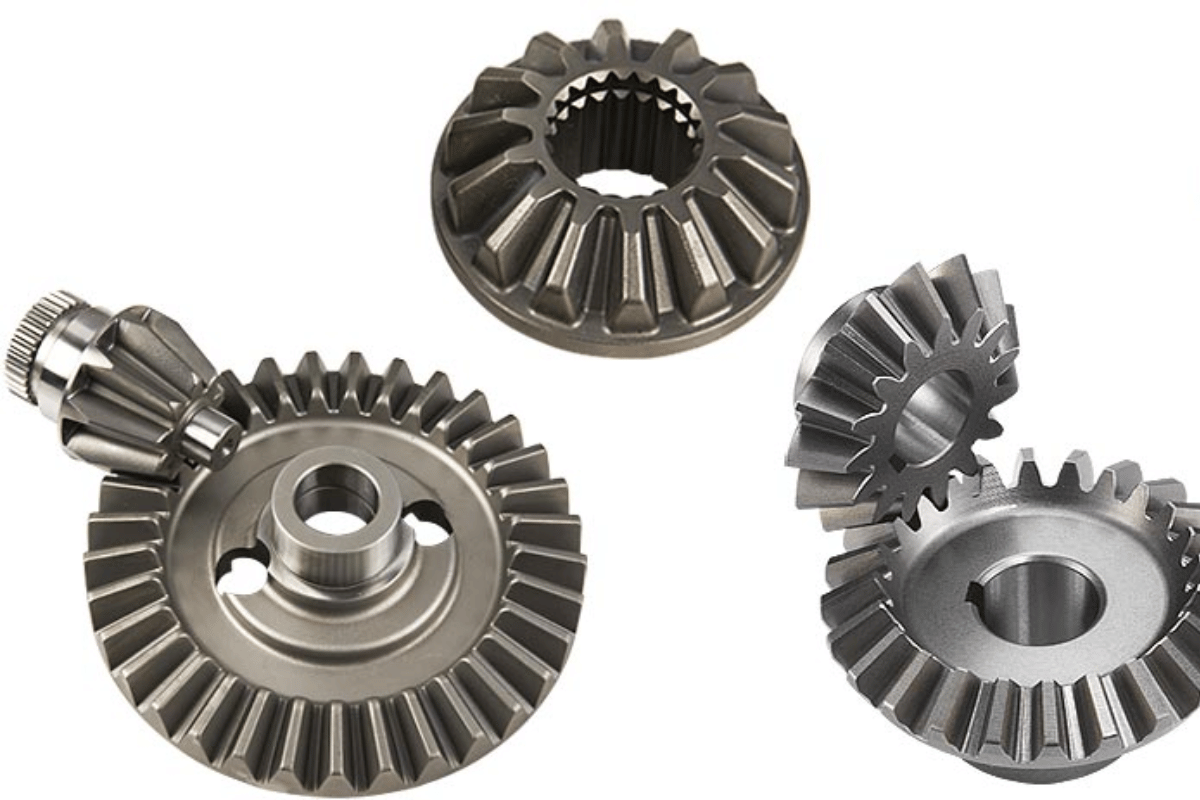
Enhancing Efficiency and Precision with CNC in Cast Iron Investment Casting
CNC-Enabled Design Optimization for Cast Iron Components
The integration of CNC machining in cast iron investment casting brings design optimization to the forefront. Complex geometries that were once challenging to achieve can now be elegantly realized through digital design and CNC precision. Engineers can fine-tune component designs with meticulous accuracy, ensuring that intricate features are faithfully reproduced in the final product. This synergy between design and precision machining paves the way for innovation across industries.
Redefining Tolerances: Tighter Precision through CNC Techniques
Tolerances play a critical role in ensuring the functionality and reliability of cast iron components. The precision offered by CNC machining allows manufacturers to redefine tolerances to levels previously unattainable. This ability to achieve tighter precision translates into components that seamlessly integrate into assemblies, reducing the need for post-processing adjustments and enhancing overall production efficiency.
Benefits of Combining Traditional Casting with CNC Finishing
The harmonious blend of traditional casting techniques with CNC finishing constitutes a pivotal innovation. Cast iron investment casting establishes the foundation by creating intricately detailed molds. Subsequently, CNC machining steps in to refine these molds, ensuring that each intricate feature is captured with exceptional precision. This dual approach marries the art of casting with the finesse of CNC machining, yielding components that exemplify the best of both worlds.
As our exploration proceeds, we embark on the journey of process workflow—unveiling the seamless integration of CNC machining into cast iron investment casting. From pattern production to investment mold creation, each step in this intricate dance harmonizes digital design with tangible realization. The next section delves into the mechanics of this integrated process, offering insights into the art and science of precision manufacturing.
Process Workflow: Integrating CNC Machining into Cast Iron Investment Casting
Pattern Production: From Computer-Aided Design to Physical Models
The process of integrating CNC machining into cast iron investment casting begins with pattern production. Computer-Aided Design (CAD) software takes center stage, allowing engineers to translate digital concepts into intricate wax patterns. These patterns serve as the templates for the final cast iron components, capturing every nuance of the design with digital precision. The marriage of CAD technology and investment casting’s artistry ensures a seamless transition from virtual models to physical molds.
Investment Mold Creation: Wax Pattern Assembly and Ceramic Shell Molding
The intricate wax patterns, crafted through CAD-guided CNC machining, are meticulously assembled to form clusters. These clusters are then enveloped by ceramic shells, meticulously crafted to withstand the intense heat of molten cast iron. Through a controlled heating process, the wax is melted away, leaving behind a cavity within the ceramic shell. This cavity mirrors the intricate design and is primed to receive the cast iron.
CNC Machining Steps: Milling, Turning, and Surface Refinement
With the investment mold prepared, CNC machining takes center stage once more. Milling and turning processes are executed with precision, sculpting the final cast iron component from the mold. The intricate features that were once confined to the realm of digital design are now brought to life with unparalleled accuracy. Surface refinement, facilitated by CNC machining, ensures that the component’s aesthetics and functionality align with the original design intent.
As we progress, the focus turns to the meticulous considerations surrounding surface finish and metallurgy. Achieving the desired surface roughness, understanding metallurgical effects, and mitigating residual stresses induced by CNC machining are key facets in ensuring the end product meets stringent quality standards. The subsequent section delves into these intricacies, unraveling the science behind the aesthetics and mechanics of cast iron investment casting with CNC precision.
Surface Finish and Metallurgical Considerations
Achieving Desired Surface Roughness and Texture
Surface finish is a crucial aspect of cast iron investment casting with CNC precision. The final appearance and tactile feel of a component are influenced by the surface roughness and texture. CNC machining, with its ability to control tool paths and cutting parameters, allows manufacturers to achieve specific surface characteristics. The choice of tooling, cutting speeds, and feed rates contributes to attaining the desired finish, ensuring that the component not only meets functional requirements but also appeals aesthetically.
Heat Treatment and Metallurgical Effects on Cast Iron Properties
The metallurgical behavior of cast iron components is influenced by heat treatment processes. Heat treatment alters material properties such as hardness, strength, and ductility. Through careful control of temperature and cooling rates, manufacturers can tailor the mechanical attributes of cast iron components to match application-specific requirements. The integration of CNC machining within investment casting also influences the heat treatment process, necessitating comprehensive understanding and adjustment.
CNC-Induced Residual Stresses and Mitigation Strategies
CNC machining introduces mechanical forces that can induce residual stresses within cast iron components. These stresses, if not managed, can compromise the integrity and performance of the final product. Mitigation strategies, such as controlled tool engagement, optimized tool paths, and post-machining stress relief, play a pivotal role in maintaining the desired material properties. Balancing precision machining with the preservation of structural integrity ensures the longevity and reliability of cast iron components.
As we approach the concluding chapter of our exploration, let us recap the innovative journey of cast iron investment casting manufacturing with CNC precision. We’ll delve into the implications this fusion holds for diverse industries and economic growth, envisioning a future where sustainability and precision-driven manufacturing principles reign supreme. The final section beckons, guiding us towards a holistic understanding of the past, present, and future of this transformative manufacturing approach.
Learn about Investment Castings
Conclusion
In the intricate dance between tradition and innovation, cast iron investment casting manufacturing with CNC precision emerges as a testament to human ingenuity. This journey through time, technology, and craftsmanship has reshaped the landscape of manufacturing, offering a symphony of precision and artistry that resonates across industries.
Recap of Innovations in Cast Iron Investment Casting with CNC
The evolution of cast iron investment casting, intertwined with the emergence of CNC technology, has redefined the boundaries of precision engineering. The fusion of ancient casting techniques with digital precision has enabled the creation of components that marry intricacy with accuracy. CNC machining’s ability to shape materials with unparalleled precision is seamlessly integrated into the art of casting, resulting in components that exhibit the best of both worlds.
Implications for Diverse Industries and Economic Growth
The implications of cast iron investment casting with CNC precision ripple through diverse industries. Aerospace, automotive, machinery, and countless others benefit from components with unprecedented complexity and precision. The ability to optimize designs, achieve tighter tolerances, and harness the potential of cast iron unlocks new possibilities for product development, innovation, and ultimately economic growth.
Envisioning a Sustainable and Precision-Driven Future in Manufacturing
As we gaze into the future, the path forward is clear: sustainable and precision-driven manufacturing practices. The integration of CNC machining within cast iron investment casting aligns with the pursuit of greener technologies. Recycling, energy-efficient processes, and reduced material waste stand as beacons of a future where precision and sustainability harmoniously coexist.
The journey that began with the convergence of tradition and innovation concludes here—a journey that has illuminated the way forward for precision manufacturing. Cast iron investment casting with CNC precision embodies the spirit of progress, encapsulating the relentless pursuit of excellence that defines our human endeavor.

